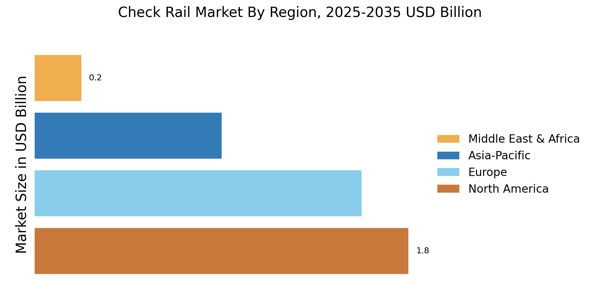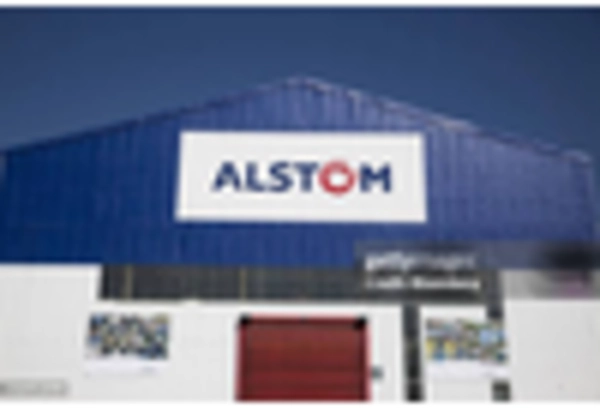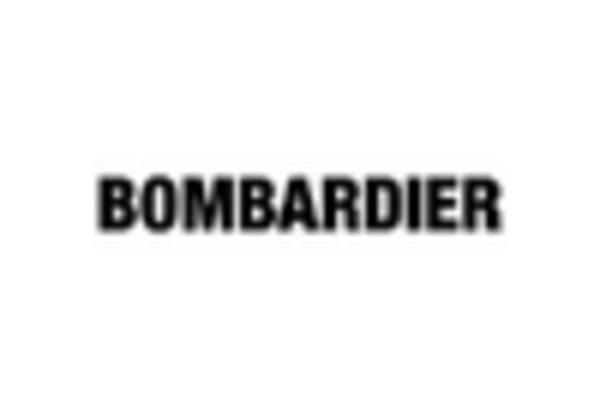Check Rail Market Summary
As per MRFR analysis, the Check Rail Market Size was estimated at 4.397 USD Billion in 2024. The Check Rail industry is projected to grow from 4.504 USD Billion in 2025 to 5.733 USD Billion by 2035, exhibiting a compound annual growth rate (CAGR) of 2.44 during the forecast period 2025 - 2035.
Key Market Trends & Highlights
The Check Rail Market is experiencing a dynamic shift driven by technological advancements and sustainability efforts.
- Technological integration is reshaping the Check Rail Market, enhancing efficiency and safety in operations.
- Sustainability initiatives are gaining traction, with a growing emphasis on environmentally friendly materials and practices.
- The steel segment remains the largest contributor to the market, while the aluminum segment is witnessing rapid growth due to its lightweight properties.
- Infrastructure development and safety regulations are key drivers propelling the market forward, particularly in North America and the fast-growing Asia-Pacific region.
Market Size & Forecast
| 2024 Market Size | 4.397 (USD Billion) |
| 2035 Market Size | 5.733 (USD Billion) |
| CAGR (2025 - 2035) | 2.44% |
Major Players
Vossloh AG (DE), Plasser & Theurer (AT), Schneider Electric (FR), Siemens AG (DE), Alstom SA (FR), Bombardier Inc. (CA), Hitachi Rail (JP), CRRC Corporation Limited (CN), Kawasaki Heavy Industries (JP)


















Leave a Comment